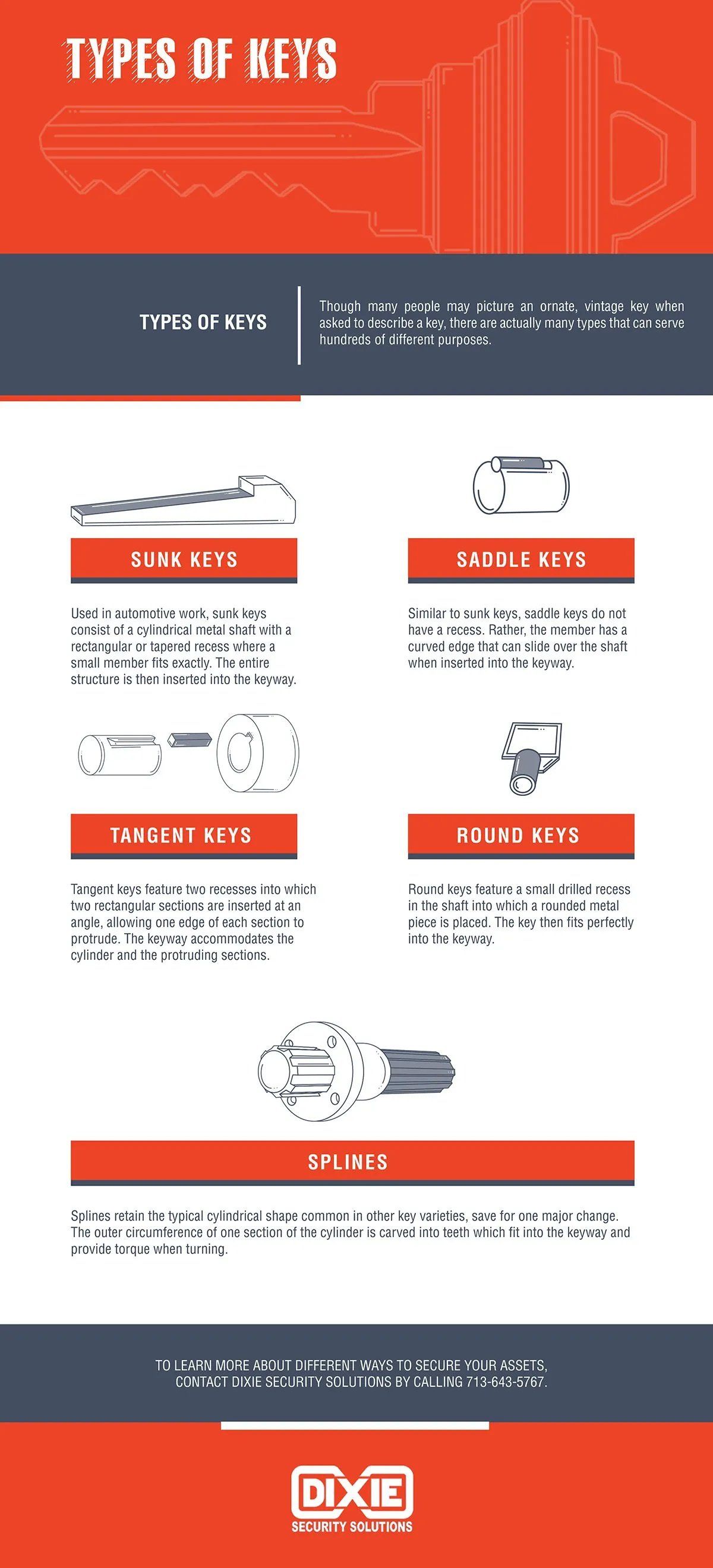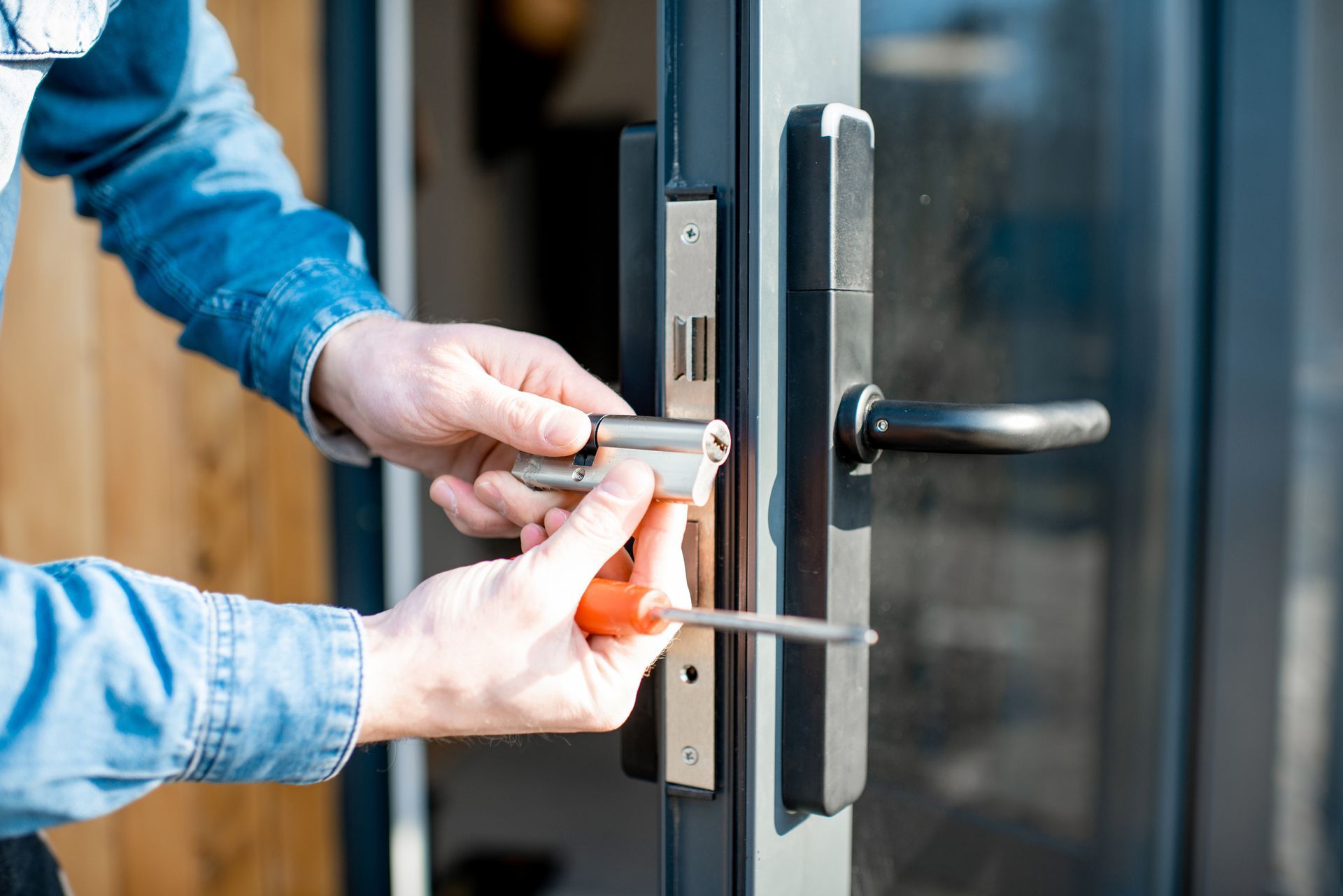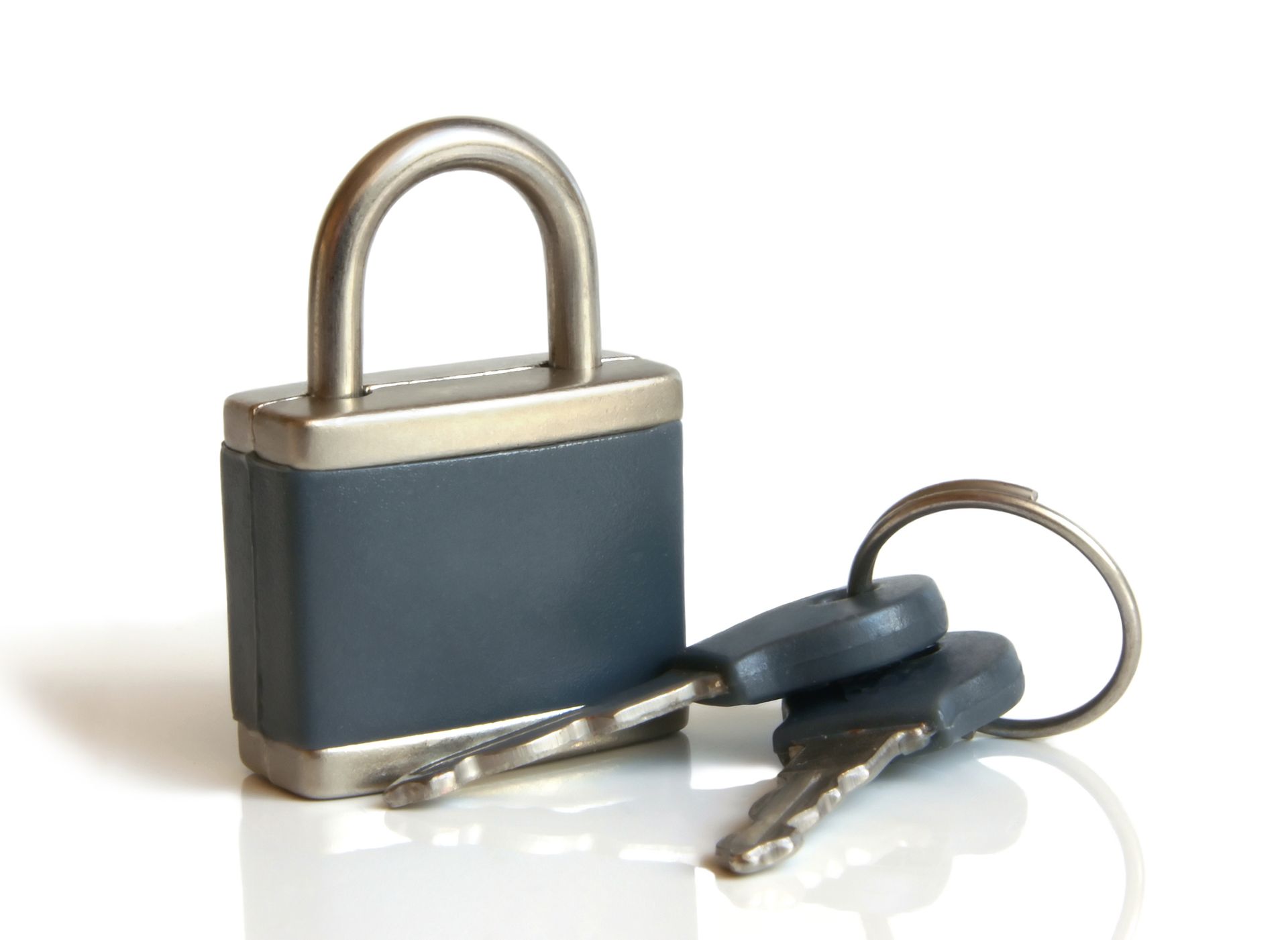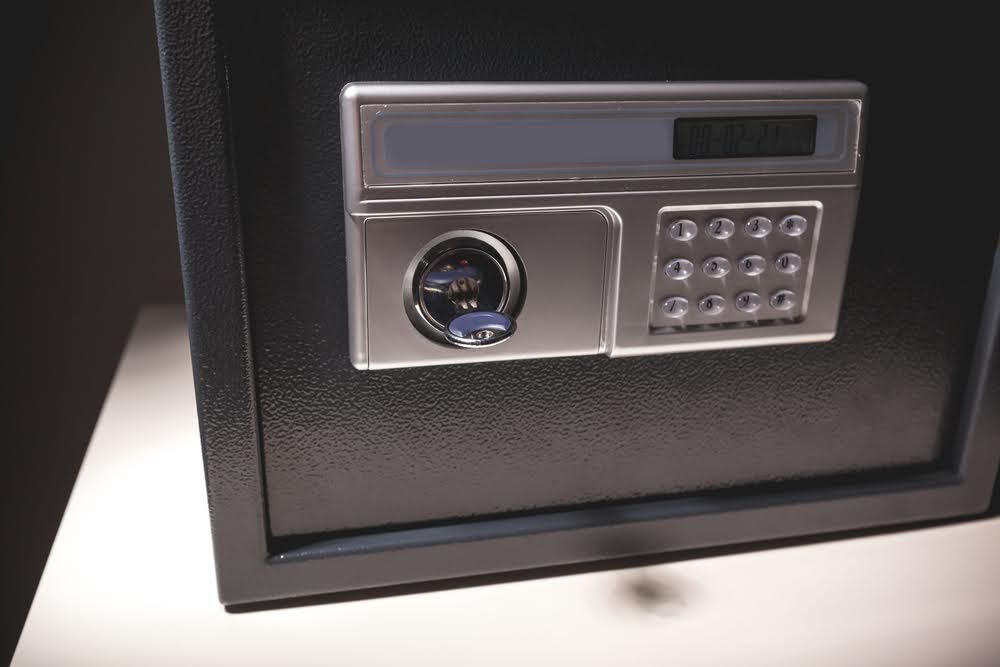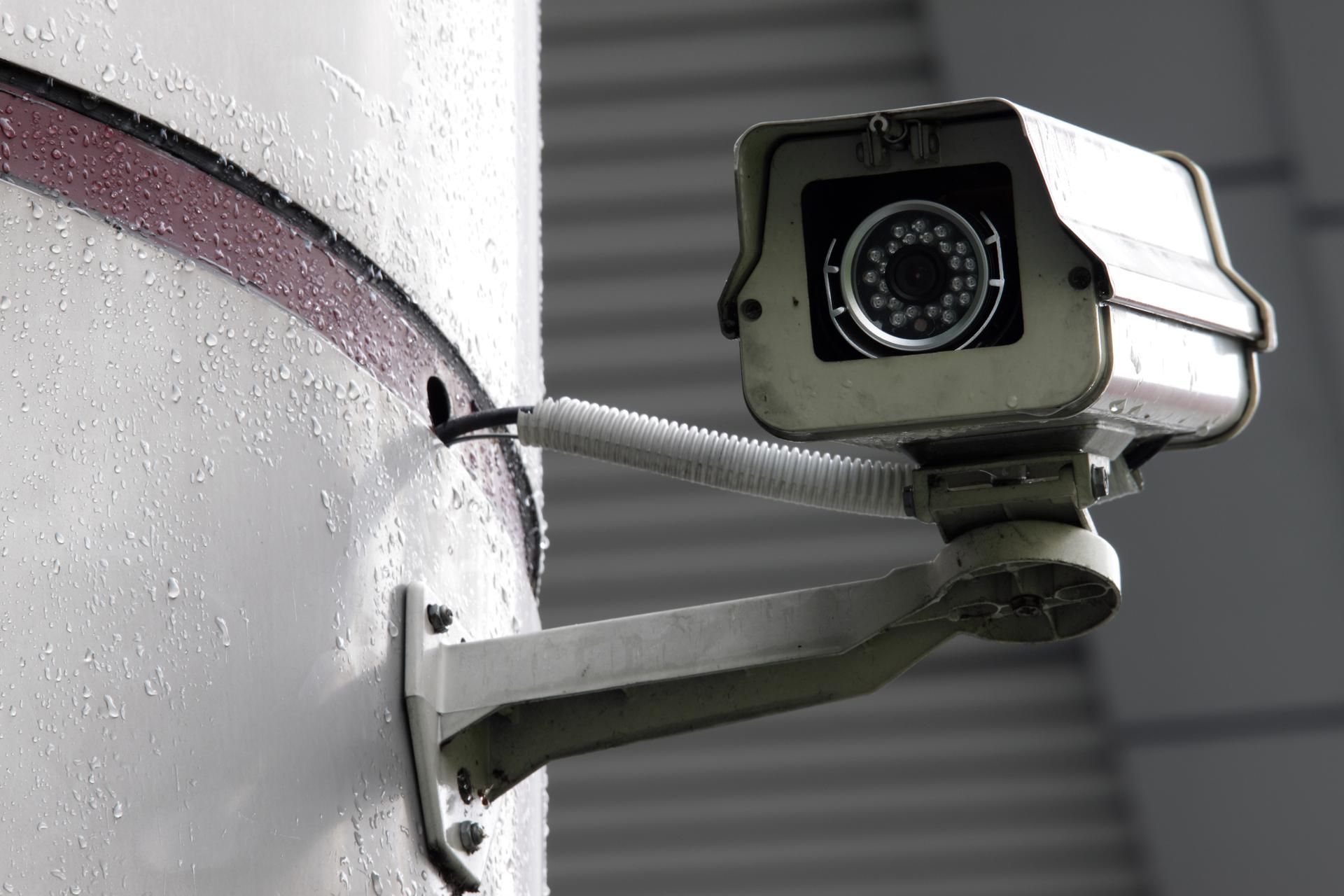5 Keys You Could Encounter In Your Lifetime | Dixie Safe & Lock Service Inc.
Admin • April 17, 2017

When asked to describe a key, most people would probably resort to describing an ornate, vintage key or the variety they’d use on their home’s front door. However, many do not realize there are a wide variety of keys available on the market. Although these keys serve the same general purpose, each is cut using different techniques and are best suited to different locks.
Sunk Keys
Often used in heavy machinery or automotive work, sunk keys are a type of key that utilizes a specific metal shape to insert into a key shaft of exactly the same shape and size. Sunk keys are available as rectangular sunk keys, square sunk keys, parallel sunk keys, gib-head keys, feather keys or woodruff keys.
Each of these types is shaped slightly differently and cannot be interchanged between keyholes. For example, a square-shaped sunk key cannot be forcibly inserted into a tapered keyway.
Saddle Keys
Saddle keys are comprised of two sections that fit perfectly into a keyway. In a flat saddle key, the shaft of the key has a recess that fits a flat, rectangular member. When the shaft with the member is inserted into the keyway, the precise shape of the keyway holds the member in place. In hollow saddle keys, the shaft is completely smooth and cylindrical, while the member is rectangular with one carved-out, curved side to perfectly match the curve of the shaft.
The cylindrical shaft is inserted into the keyway and the member slides into a recessed keyway along the shaft, holding it in place. Saddle keys can fall out of the keyway with enough movement, so it is recommended these keys be used for light-duty work.
Tangent Keys
Tangent keys are typically used in heavy-duty work. These keys tend to be rectangular or wedge-shaped. There are one or two recesses carved into a metal shaft. The tangent members are placed into the recesses at an angle, allowing one edge to lock into the shaft and another to extend out past the shaft.
Once these tangent members are placed, the key is inserted into a keyway that is the exact shape of the key with one or two negative recesses to accommodate the tangent members.
Round Keys
Round keys are fairly common in light-duty work. On the cylindrical metal shaft of the key is a small drilled recess that accommodates a rounded, protruding section. The entire key is placed into the keyway, sized to fit the cylindrical shaft and a pathway for the protruding section. The key is typically turned to lock into place.
Splines
Splines are a slightly more complicated variety of key usually used in gear machinery. While they still include a metal shaft, a section around the outer circumference of the shaft is formed into small teeth. The teeth like structures lock into the keyway and provide torque while turning the key.
Secure Your Home or Business with Dixie Safe & Lock Service Inc.
With so many varieties of keys, you can get creative with protecting your most valuable assets. To learn more about locking mechanisms, contact Dixie Safe & Lock Service Inc.
online or call 713-643-5767.


